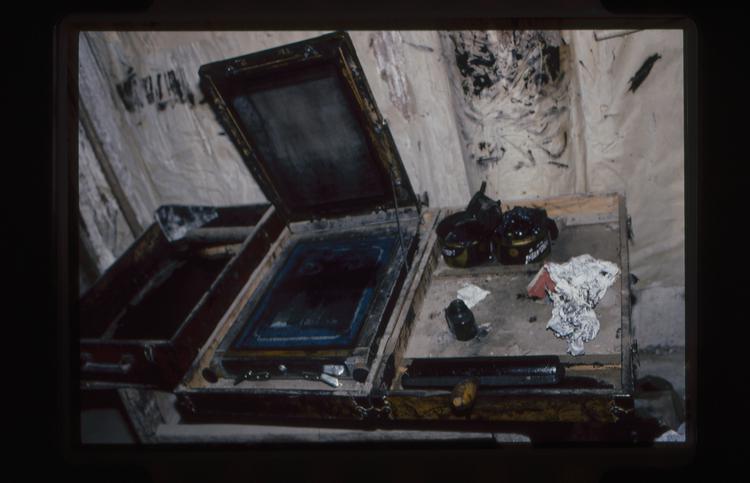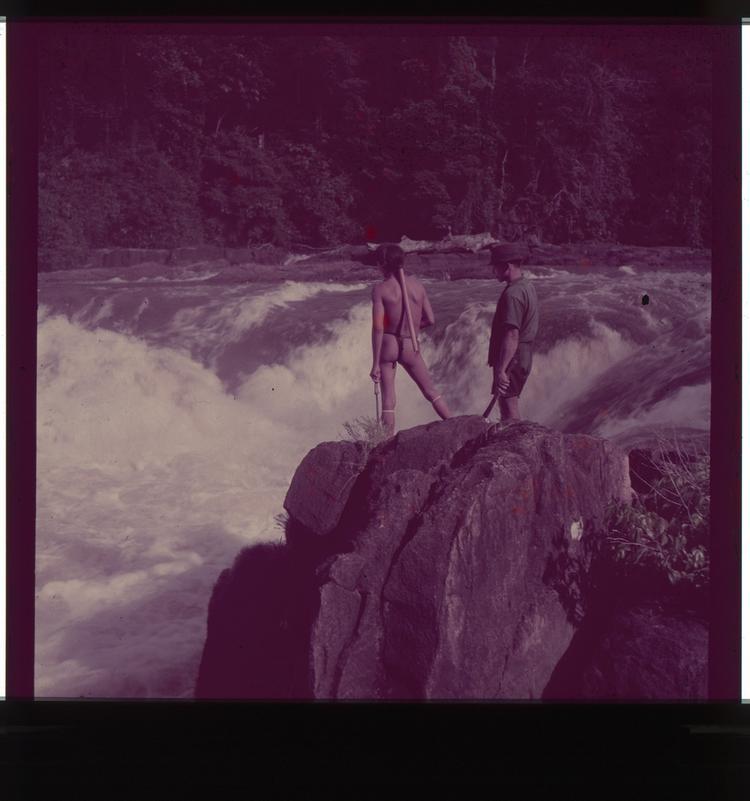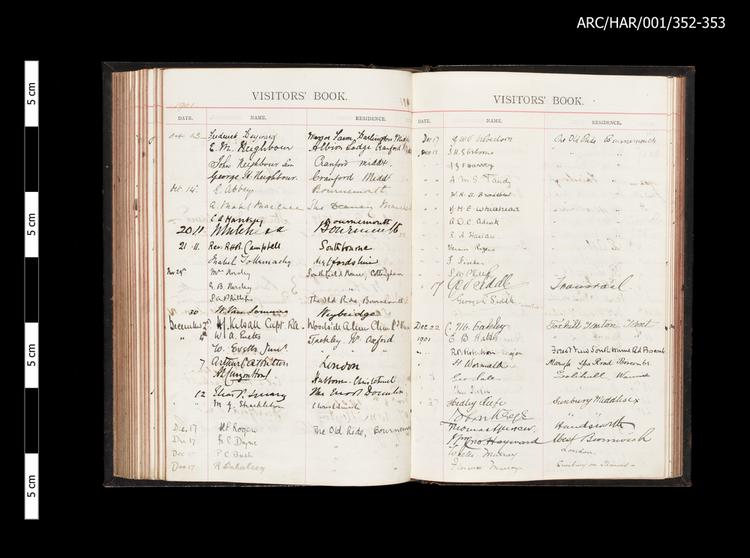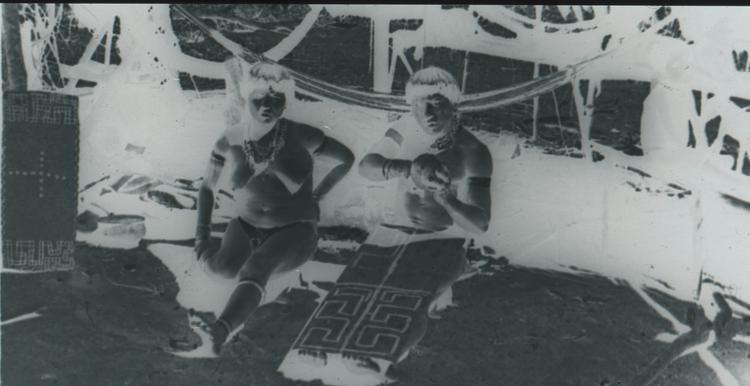
One large newspaper article describing the Horniman Museum, occasioned by the visit of a large party of Bromley Naturalists Society members at Forest Hill. The visit took place, by special invitation, on a Wednesday (unknown month and year). A short history of the Horniman collection is sketched as introduction: this collection was started some 30 years before the date of this article, but was admissible to the public only in 1890 – formally opened in December that same year.
One of the first objects to arrest the visitor’s interest is the famous 1676 torture chair, dating from the times of the Spanish Inquisition at Cuenco. The same room, known as the “Horse Armoury”, also contains a comprehensive collection of weapons (old muskets, cross-bows, pistols, revolvers, daggers etc.), a cannon from Spithead said to be one of the first forms cast, and a German knight and horse mounted figure in complete armour dating from the 15th century.
There are two rooms set aside for Elizabethan objects, with historical pieces such as carved oak bedsteads and oak mantelpieces, and even a comb believed to have belonged to Queen Elisabeth. In another room the visitors can enjoy a music selection played by the automatic orchestral organ, built by Imhoff and Muckle. The old English parlour contains some equally interesting pieces, such as a horseshoe dating from the times of Cromwell, a man and animal trap, and an old iron treasure chest.
The next room to visit is the Oriental armoury, with a wealth of Oriental weapons to admire - from Japanese swords and daggers, to Malay and Javanese waved knives. The ancient urn room, displaying Greek-Roman wall mosaics, pottery and mortuary urns, is immediately followed by the Egyptian room, dedicated to a selection of human and animal mummies. The one mummy to immediately grab visitors’ attention is one brought from Egypt by Professor Rossellini, with the case intact, believed to date from the 21st dynasty. Written instructions hanging in the room give out more details about the Ancient Egyptian process of mummifying the dead. For instance, the techniques for mummifying varied significantly depending on the deceased’s social status and wealth: the most complex techniques were reserved for pharaohs and members of the royal family while, at the opposite end of the scale, the poorest had to content with a simplistic intervention of injecting a strong astringent and then salting the remains for 70 days.
The Oriental saloon, occupied mostly by Japanese and Chinese exhibits, houses a very intriguing Chinese coffin made of an odoriferous wood, almost semi-circular in shape. The Porcelain and Glass Rooms display a colourful selection of Venetian, Sevres, Dresden and Oriental porcelain, along with specimens of Chelsea, crown Derby and Worcester ware.
Finally, the next section is dedicated to the Nature lover: a vast natural history collection consisting of butterflies, moths, beetles, shells, corals, birds, mineralogical specimens etc. Some of the specimens of the entomological collection have been named after Mr. Horniman himself, he having first discovered them. Of special interest might be the Atlas silk moth from India, as it is believed to be the largest moth in existence: the specimen in the museum measures eleven inches across the wings.
The concluding paragraph of this article outlines the days and times when the museum is open free to the public: every Wednesday and Saturday, from 2 p.m. to 9 p.m.






